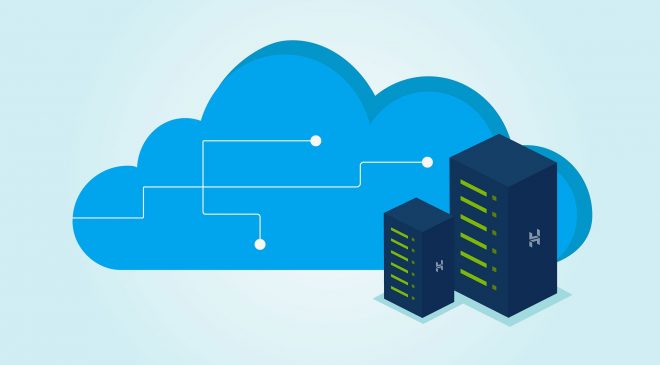
Dealing with cloud networking software.
With growing adoption SaaS and public cloud IaaS, it’s no shocker that we’re getting an increasing number of calls about cloud networking. However, the tenor of these calls is actively shifting from purely “TO” the cloud (i.e., SD-WAN); to now also include networking “IN” the cloud.
In a blog by Andrew Lerner VP analyst at Gartner, he notes Gartner has covered this topic before (No Forklifts), however interest in cloud networking has increased dramatically (nearly six times) in the past 12 months.
Lerner notes that one of the reasons for this is that the native networking capabilities of public cloud providers are insufficient for some production enterprise workloads.
“Similarly, the virtual routers offered by established vendors don’t often meet requirements of cloud and DevOps teams, particularly around programmability, integration, or licensing,” writes Lerner. “Further, the networking features and operational approaches vary widely across public cloud providers, which create management challenges, particularly in multicloud deployments.”
Lerner notes that this market is driven and influenced by non-working teams and have received calls enterprise architecture/technology innovation teams on the topic of cloud networking than from IT infrastructure and operations.
“We believe this is a new market, emerging separate and distinct from data centre networking/switching and routing/SDWAN,” writes Lerner.
A more technical definition is summerised by Lerner:
“Cloud networking software enables the design, deployment and operation of a network within multiple cloud environments. Organisations using cloud networking software can deploy it in one, or multiple, cloud environments, including public cloud(s), “private cloud(s)” and distributed cloud/edge locations. These products enable consistent networking policy, network security, governance and network visibility across multiple cloud environments via a single point of management. These products address traffic routing, secure ingress/egress, and integrate with available services These products are delivered as software, which can be self-managed and/or delivered as a service, and are accessible via APIs and UIs. They can utilise overlays and agents and/or orchestrate native cloud provider capabilities.”
According Lerner there’s a set of recommendations to help teams’ manoeuvre through this:
- Use a short-term planning horizon by signing contracts of 1-3 years in length (or using consumption-based options), as we expect the market to be dynamic with new entrants and a high level of innovation.
- Don’t forklift or replicate traditional data center networking strategies into the public cloud, as it will lead to integration and cost inefficiencies.
- Prefer the native capabilities of the cloud providers when starting out, and when there is a single-provider strategy.
- Invest in third-party cloud networking software when advanced networking features or consistency across clouds is critical.
- Prefer vendors that offer fully documented, public, open APIs, with a track record of reverse compatibility.
Tags: Clouddata centreGartner




